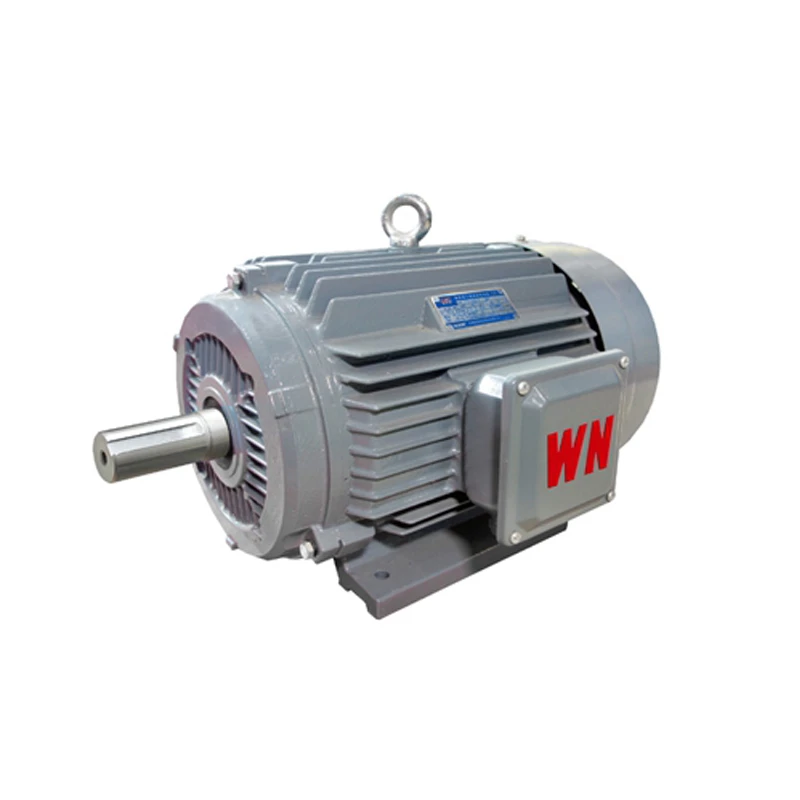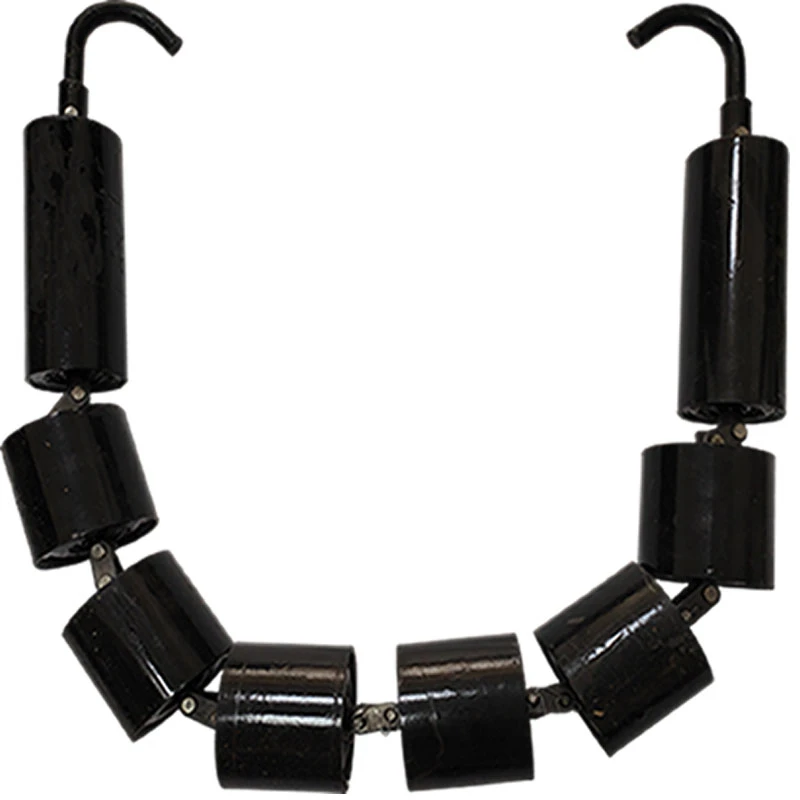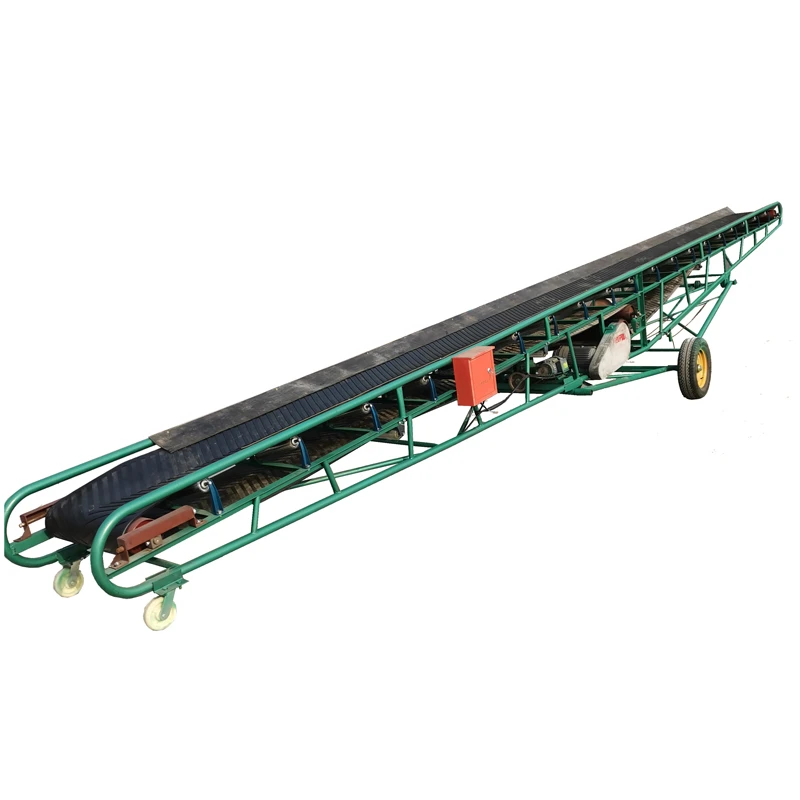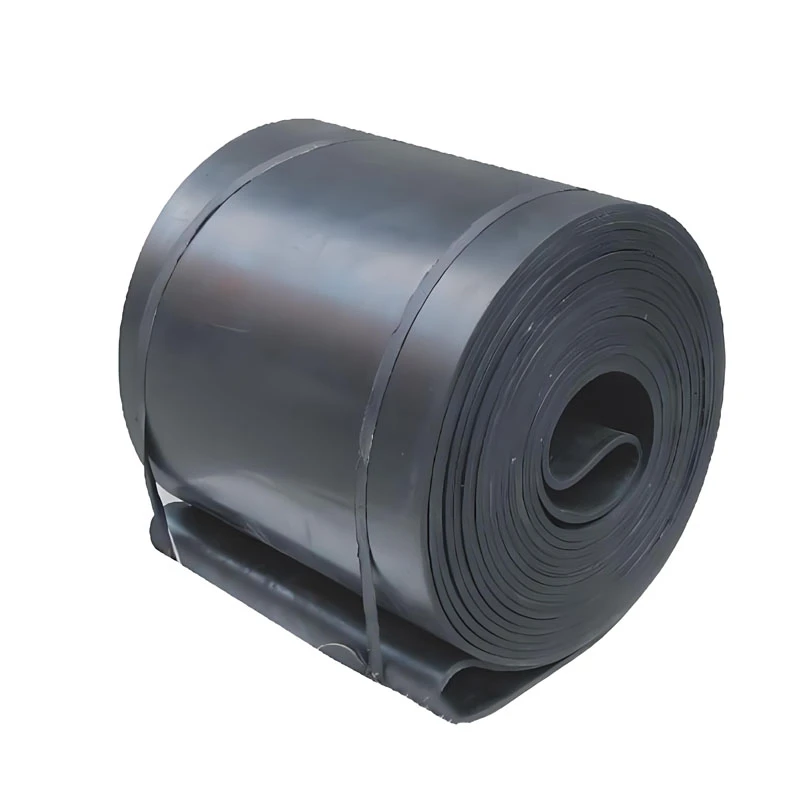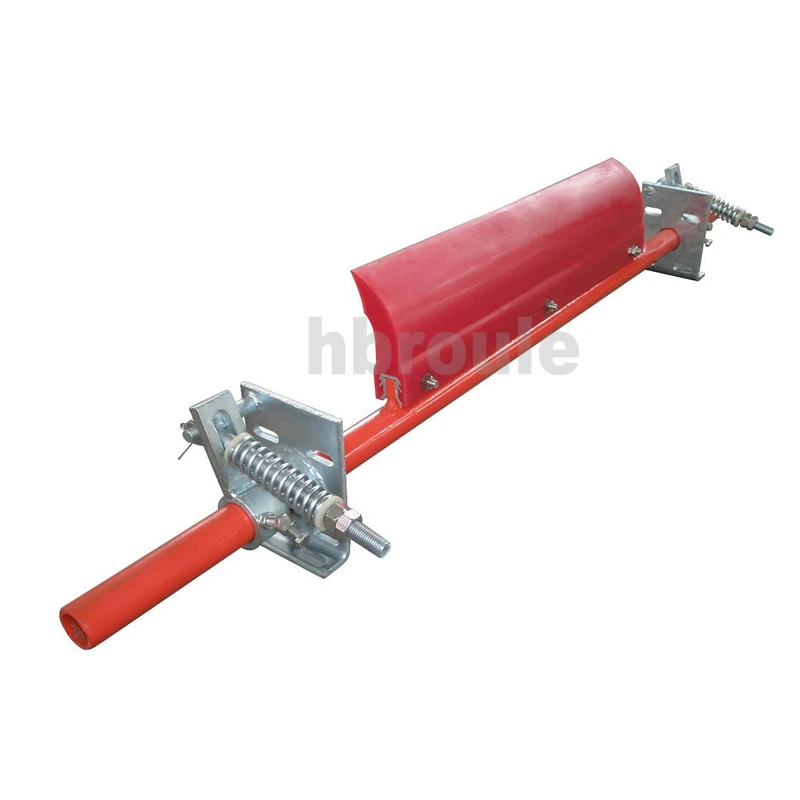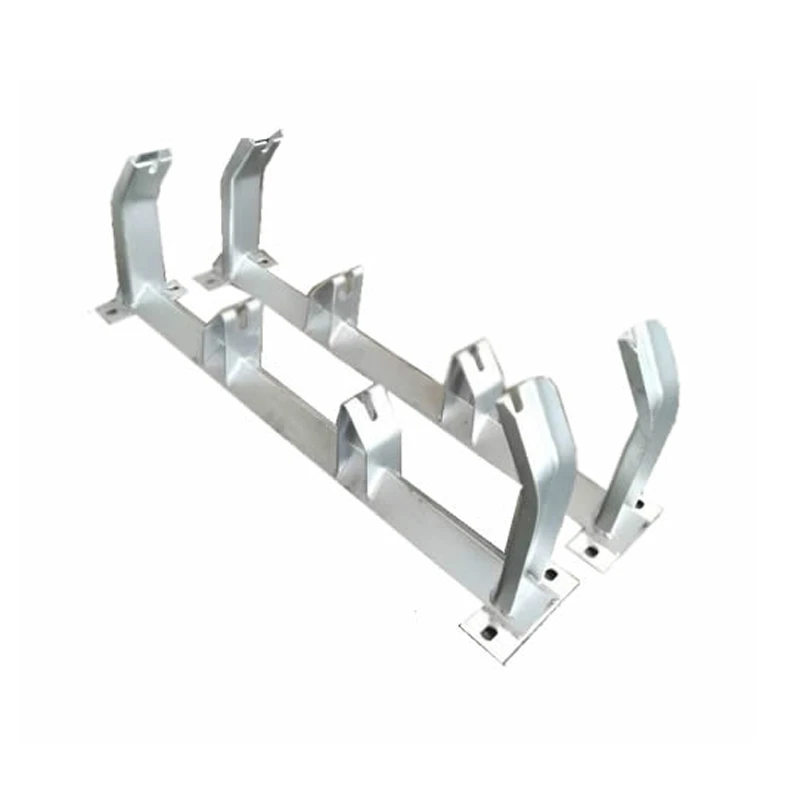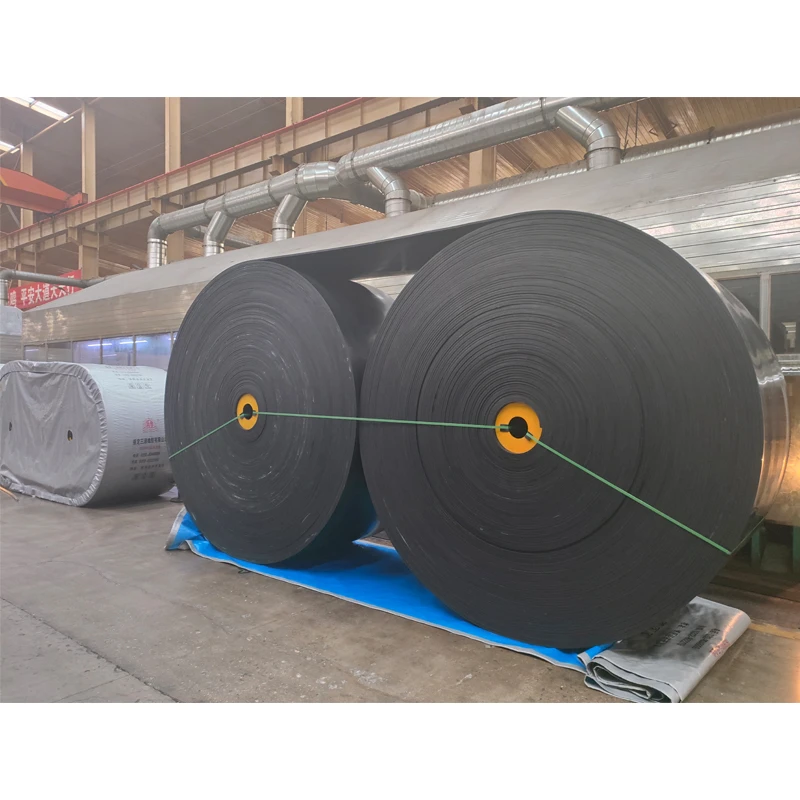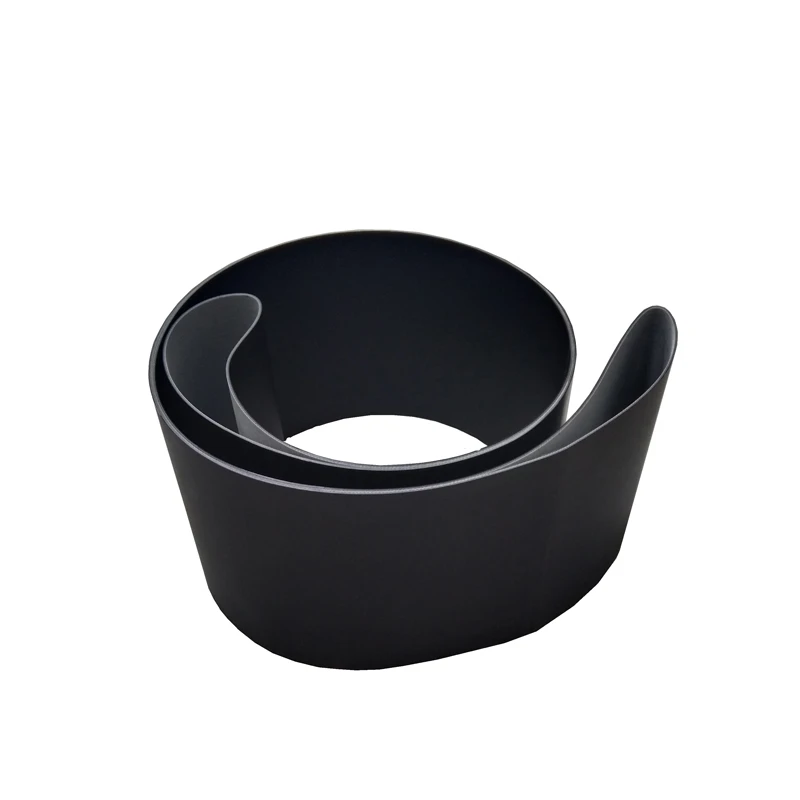Conveyor systems are essential for continuous material handling—but they come with a common challenge: material carryback. Whether it’s coal, cement, wet ore, or agricultural waste, residual material that sticks to the belt can lead to belt misalignment, premature wear, increased maintenance costs, and safety hazards.
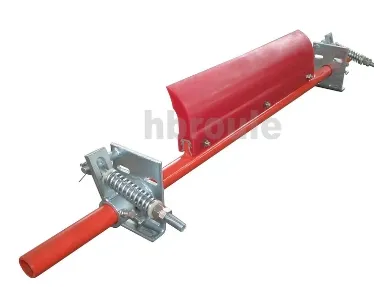
This is where a well-chosen belt cleaner becomes critical. These devices are designed to remove sticking material from the belt surface at the discharge point, improving efficiency, reducing cleanup, and extending conveyor lifespan.
In this guide, we’ll break down the different types of belt cleaners, explain how a primary belt cleaner works, explore rubber belt cleaner options, and help you decide what’s right for your system.
What Is a Belt Cleaner?
A belt cleaner (also known as a scraper) is a device mounted on a conveyor frame to clean the return side or head pulley side of the belt. It physically scrapes material off the belt, preventing buildup on pulleys and idlers, which can lead to belt mis-tracking or failure.
Key benefits include:
Reducing material buildup
Minimizing spillage and carryback
Extending belt and pulley life
Improving safety and reducing housekeeping
Lowering downtime and maintenance costs
Types of Belt Cleaners
There are several types of belt cleaners, classified by position, blade material, and application. Most systems use a combination of cleaners to optimize performance.
1. Primary Belt Cleaner
Installed at the head pulley, just after discharge
Removes most material from the belt
Typically uses a polyurethane or tungsten blade
Essential for high-speed or high-tonnage conveyors
First line of defense against carryback
2. Secondary Belt Cleaner
Installed farther along the belt’s return path
Removes remaining fines or sticky residues
Often uses tungsten carbide or stainless blades
Works in tandem with the primary cleaner
3. V-Plow / Diagonal Plow
Mounted before the tail pulley on the return side
Clears material that falls onto the inside of the belt
Prevents damage to tail pulleys and return rollers
4. Tertiary Belt Cleaner (Optional)
For systems where 100% cleaning is essential
Used in high-contamination or critical applications
May use brushes or specialty scraper systems
5. Spray Belt Cleaner
Uses water, steam, or cleaning agents in combination with mechanical scrapers
Effective for fine powders or sticky chemical residues
Common Belt Cleaner Blade Materials
|
Blade Material |
Best Use Case |
|
Polyurethane (PU) |
Flexible, wear-resistant; ideal for primary cleaners |
|
Rubber |
Cost-effective; used in light- to medium-duty cleaning |
|
Tungsten Carbide |
Extremely durable; ideal for tough, abrasive materials |
|
Stainless Steel |
Corrosion-resistant; used in food-grade or wet systems |
|
Nylon/Fiber |
For soft applications or sensitive belt surfaces |
Rubber Belt Cleaner: Affordable and Versatile
A rubber belt cleaner is typically a primary or secondary cleaner with a molded or cut rubber blade. It’s an economical solution for light- to medium-duty applications such as:
Aggregates
Cement
Fertilizers
Agriculture
General bulk handling
Advantages of rubber belt cleaners:
Lower cost than carbide or PU
Easy to install and maintain
Gentle on belt surfaces
Suitable for belts with mechanical splices
However, rubber blades wear faster and may not be ideal for highly abrasive or high-speed systems.
Choosing the Right Belt Cleaner
When selecting a belt cleaner, consider:
Belt width – Cleaners are matched to the belt’s width range
Belt speed – Higher speeds require more durable materials
Material type – Sticky, abrasive, or wet materials may need carbide or multi-stage systems
Belt condition – For belts with mechanical splices, use flexible or rubber blades
Mounting space – Confirm clearance for installation and maintenance
Environment – Corrosive, wet, or dusty conditions require special materials
Tip: The best cleaning performance often comes from combining a primary belt cleaner and a secondary belt cleaner.
Belt Cleaner Price Guide (2025 Estimates)
|
Cleaner Type |
Belt Width Range |
Price Range (USD/unit) |
|
Primary rubber cleaner |
500–1,000 mm |
$100 – $250 |
|
Primary PU or carbide |
600–1,200 mm |
$250 – $500 |
|
Secondary cleaner |
600–1,800 mm |
$300 – $700 |
|
V-plow/return plow |
All sizes |
$150 – $400 |
|
Spray belt cleaner |
Custom |
$600 – $1,500+ |
Prices vary based on blade material, mounting system, and included tensioning devices.
Maintenance Tips for Belt Cleaners
Inspect regularly for blade wear and material buildup
Adjust tensioners as blades wear down
Replace blades as needed—PU and rubber may last 3–6 months, carbide can last 12+ months
Ensure correct positioning for optimal cleaning angle (usually 85–90° against the belt)
Don’t overtighten—can damage the belt or cause premature wear
Belt Cleaner FAQs
Q1: What’s the difference between a primary and secondary belt cleaner?
A: The primary cleaner is the first scraper at the discharge point; it removes the bulk of carryback. The secondary cleaner sits farther down the belt and removes fines or sticky residue that the primary missed.
Q2: Is a rubber belt cleaner suitable for heavy-duty applications?
A: Rubber cleaners work well for light- to medium-duty systems. For abrasive or high-speed belts, polyurethane or tungsten carbide blades are better suited.
Q3: Can belt cleaners damage the belt?
A: When properly installed and tensioned, no. However, overtightening or using the wrong blade material can cause belt wear, especially at the splice.
Q4: How often should I replace belt cleaner blades?
A: Blade life depends on the material and operating conditions. Rubber may last 3–6 months, polyurethane 6–12 months, and tungsten carbide 12–24 months.
Q5: Where can I find reliable belt cleaners in bulk?
A: Many conveyor equipment suppliers and OEM manufacturers offer bulk pricing and custom cleaner assemblies for large facilities or distributors.

